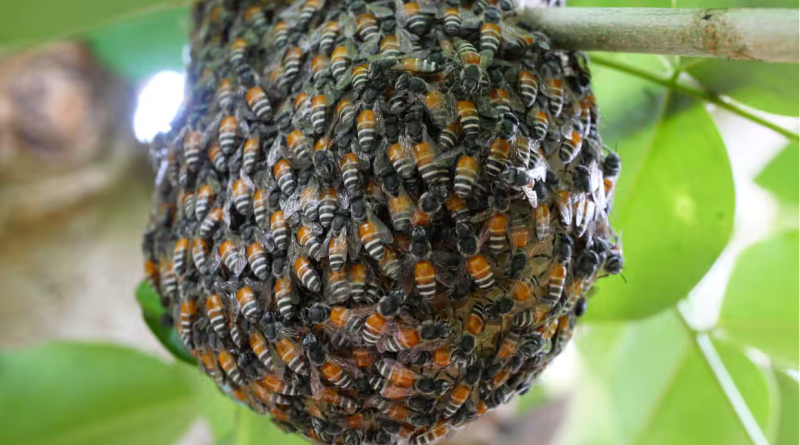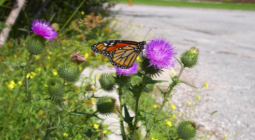Colony of invasive red dwarf honeybee found for first time in Europe

Previous reports show the red dwarf honeybee has slowly expanded its territory from Asia to the Middle East and north-east Africa. Photograph: Anant Kasetsinsombut/Alamy
The red dwarf honeybee has established a colony in Europe for the first time, scientists have found.
The bee, Apis florea, is native to Asia and its discovery has raised alarm among local beekeepers and conservationists, who fear the potentially devastating impact on native bee populations.
“It is concerning that Apis florea has been found in Malta,” said Dave Goulson, a professor of biology at the University of Sussex, who was not involved in the research. “Apis florea is likely to compete for pollen and nectar with our native pollinators, a group of insects that are already in decline. It is also very likely that these bees will be carrying multiple diseases which European bees may have little resistance to.”
Previous reports show the red dwarf species has slowly expanded its territory from Asia to the Middle East and north-east Africa, but until now it had never been reported in Europe.
“If it is in Malta, this is the first occurrence of a honeybee in Europe that is not the western hive bee, Apis mellifera,” Francis Ratnieks, a British entomologist and emeritus professor of apiculture at the University of Sussex, who was not involved in the research, said.
When the colony, consisting of more than 2,000 adult bees, was discovered encircling a tree branch, DNA testing was done to identify the species. As soon as the species was identified as Apis florea it was removed and destroyed. But the researchers, who wrote in the Journal of Apicultural Research, suspect a group of bees had already left the hive to start a new colony.
The proximity of the colony to Birżebbuġa freeport, Malta’s major cargo hub, suggests the bees may have arrived via a commercial vessel.
“This is one of the main (and faster) routes through which different subspecies of Apis mellifera, as well as other bee, wasp and other flying insect species can move from their native ranges to more remote locations,” said Juliana Rangel, a professor of apiculture at Texas A&M University, who was not involved in the research.
Rangel said this new finding was yet another example of increasing temperatures due to the climate crisis driving the spread of species to previously unoccupied territories.
The researchers believe the mild winters in Malta and other southern European countries favour the survival of this invasive species. The red dwarf honeybee is also found in Israel.
“If it can live in Israel, I dare say it can do fine in Malta,” said Ratnieks.
It could be “a matter of just a few years” for this species to spread to another location, Rangel said. “Given the large number of islands in the Mediterranean that are relatively near each other, and the fact that the continental land is also so nearby, it is very plausible that more of these incursions will occur in the future, threatening our biodiversity in ways that we may not even yet understand.
“The only thing that we can do is to be vigilant, report any sightings of specimens or swarms that appear different or new, remove the specimens as soon as they are positively identified, search the vicinity for other specimens, and continue with monitoring efforts, especially in ports of entry where swarms can be travelling on ships.”




